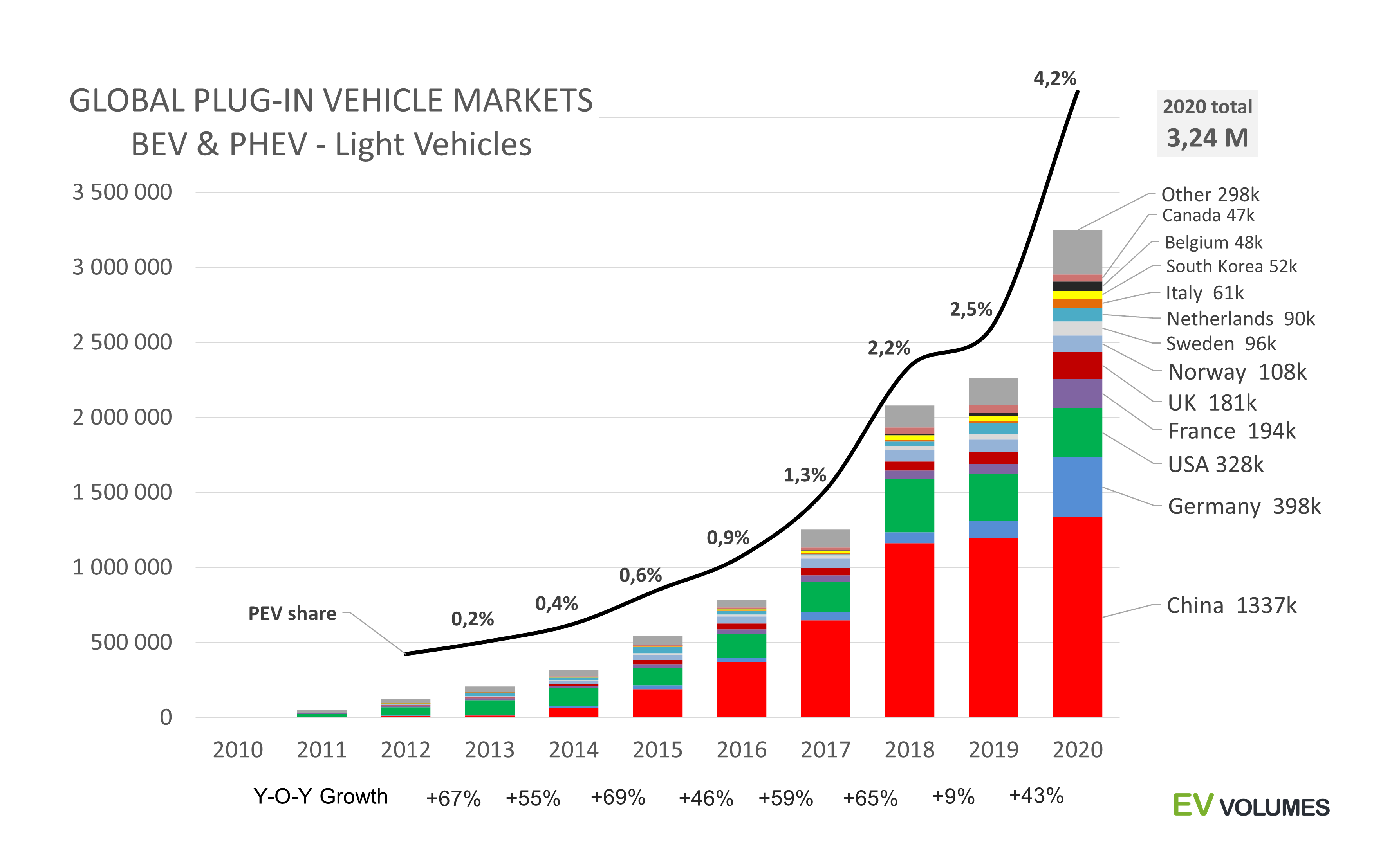Event News
Electric Vehicle (EV) Trends for Now and Beyond

The global automotive industry has recently shifted development trends away from conventional mechanical powertrain components and toward digital transformation of electrification components in advanced propulsion vehicles.
For those in engineering programs like electrical and electronic engineering, mechanical engineering, etc., this is good news.
This industrial influence on global growth trends in automotive electrification designs has resulted in developing new propulsion systems such as hybrid electric vehicles (HEV) and electric vehicles (EV).
Here are some of the key trends shaping the EV industry today and in the years to come.
1. Advanced Creative Design
Buyers of electric vehicles today have high expectations. They expect cutting-edge technology under the hood and beautiful architecture, efficient space utilization (including for batteries and fuel cells), a wide range of options, and, of course, excellent safety standards.
To meet these demands, EV manufacturers are using next-generation Product Lifecycle Management (PLM) to increase vehicle variants while reducing production times and product lifecycles.
2. Intelligent Vehicles
Fleets and private users alike are interested in autonomous, self-driving cars.
Take, for example, Einride, the Swedish company behind the T-pod and T-log, which has built a system that allows a single operator to remotely operate several self-driving trucks at the same time, eliminating the need for a massive, full-time team of operators and drivers.
This degree of productivity is reshaping the whole industry.
3. Increased Range
As compared to ICE vehicles, EVs face a significant disadvantage in terms of range. While ICE has a lower overall operating cost, it still has an advantage in refuelling options, speed, and convenience.
Electric vehicles (EVs) take much longer to charge and run out of fuel much faster. Developers are testing various solutions, including transitional options, including range-extending hybrids, and interesting long-term options like the solar-powered vehicle.

4. Rising Electric Vehicle Production
EVs could be less expensive to operate and maintain than conventional automobiles. Unsurprisingly, this makes them more appealing to buyers, resulting in increased demand for more EVs in a wider variety of models.
Since the EV powertrain is a basic, largely interchangeable feature, OEMs can concentrate on other specifics, customer needs, and niche markets without thinking too much.
5. Electrify ICE
EVs have become so common that even existing ICE behemoths are considering making their ICE-powered vehicles hybrid or fully electric. EV design teams are looking beyond EV-only goods to capitalize on this trend.
The best are using sophisticated PLM techniques to determine how to function smarter, test their designs, and simulate various scenarios to see how their concepts can be quickly and easily adapted for ICE-to-EV conversions.
6. Self-driving Cars
Many electric car makers have already made substantial progress in the field of self-driving technology. EV manufacturers like Tesla, Toyota, Peugeot, and a slew of others are pushing hard to make this possible for the vast majority of drivers soon.
This will not only make long drives more convenient for commuters, but it will also potentially make our roads safer. Once established as a global norm, it is likely to eliminate many conventional jobs such as taxi drivers, chauffeurs, and long-haul lorry freight operators, putting pressure on newer careers such as Uber drivers.
However, when one door closes, another opens, and the drastic shift could result in fresh, previously unimagined job opportunities.

7. Solar-powered EVs
Another interesting technical trend to keep an eye on is solar-powered vehicles. Many businesses are now trying to make solar vehicles a reality soon.
Allowing the car’s battery to be charged when driving may be a game-changer for the EV industry. There are already some intriguing prototypes in the works.
In a Nutshell
Finally, technological improvement and innovation will be another theme to watch. Things like connectivity, safety, information, and in-car entertainment should see some interesting innovations.
Connectivity, for example, will be critical for safer autonomous vehicles.
For graduates with a bachelor of electronic engineering degree, the EV industry trends can mean more job opportunities.

